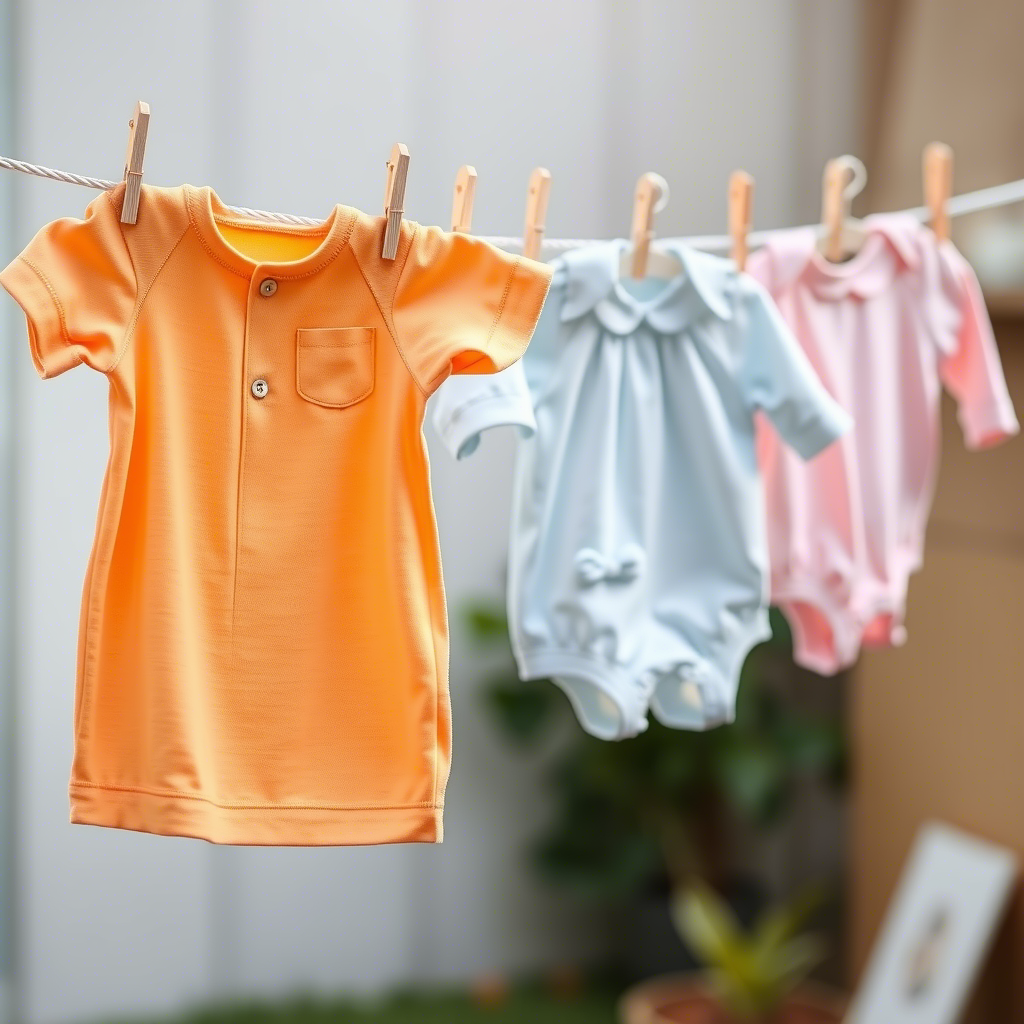The Psychology Of Baby Clothing Colors: How Colors Affect Your Baby
The colors we surround our babies with, especially through their clothing, play a significant role in their development and our perception of them. From the moment a baby is born, the first thing people notice is their attire, which often sets the tone for how others interact with them. The psychology behind baby clothing colors is a fascinating topic that explores how different hues can influence a child’s growth, emotional state, and even how others perceive them. Understanding this can help parents make informed choices about their baby’s wardrobe.
The Impact of Color on Perception
The color of a baby’s clothing can significantly affect how others perceive them. For instance, traditional norms dictate that boys are dressed in blue, while girls are dressed in pink. This color coding influences expectations and interactions. Research has shown that adults tend to perceive babies dressed in pink as softer and more delicate, while those in blue are seen as stronger.
- Adults tend to interact differently with babies based on the color they’re wearing. A study found that adults are more likely to engage in rough-and-tumble play with babies dressed in blue.
- The perception of a baby’s temperament can be influenced by the color of their clothing. For example, a baby in bright red might be perceived as more energetic.
- Cultural norms around baby clothing colors vary, but in many Western cultures, pink and blue remain the dominant colors for girls and boys, respectively.

Colors and Emotional Development
Colors can have a profound effect on a baby’s emotional development. Different colors are known to evoke different emotional responses. For example, softer colors like pastel shades can create a calming effect, while brighter colors can stimulate.
- Pastel colors are often used in nursery decor and baby clothing because they are soothing and can help create a peaceful environment.
- Bright colors like red and orange can stimulate a baby’s senses and encourage interaction.
- Neutral colors can provide a sense of balance and are often recommended for newborns to avoid overstimulation.

The Role of Color in Cognitive Development
Colors not only affect emotional development but also play a role in cognitive development. Exposure to a variety of colors can enhance a baby’s visual development and stimulate their brain.
- Research suggests that babies as young as a few months old can distinguish between different colors, and this ability is crucial for cognitive development.
- Using a variety of colors in baby clothing can help stimulate a baby’s visual cortex.
- For more on stimulating your baby’s development through clothing and accessories, consider checking out our collection of boys’ coats.
Gender Stereotypes and Baby Clothing
The traditional use of pink for girls and blue for boys reinforces gender stereotypes from a very young age. However, there’s a growing trend towards gender-neutral clothing, which challenges these norms.
- Gender-neutral clothing allows parents to move away from traditional stereotypes and choose colors based on personal preference or the baby’s personality.
- Some argue that avoiding traditional gender colors can help reduce gender bias from an early age.
- Others see it as a way to give their child more freedom in expressing their identity.

Practical Considerations for Choosing Baby Clothing Colors
When choosing baby clothing colors, parents should consider both the psychological impact and practical aspects. For instance, lighter colors can show stains more easily, while darker colors might be more forgiving.
- Consider the occasion and the activity. For example, brighter colors might be more suitable for playtime, while softer colors are better for sleep.
- Personal style and cultural norms can also influence color choices. For a stylish and practical option, you might want to explore our range of baby clothing.
- Ultimately, the choice of color should be based on what makes both the baby and the parents happy.
For a more extensive selection of baby clothing that caters to various tastes and preferences, you can visit our main collection.
Conclusion
The psychology of baby clothing colors is a complex and multifaceted topic that encompasses perception, emotional and cognitive development, and gender stereotypes. By understanding the impact of different colors, parents can make informed decisions about their baby’s wardrobe. Whether you choose traditional colors or opt for a more neutral palette, the most important thing is to dress your baby in a way that makes them happy and comfortable. As you navigate the world of baby clothing, remember that the colors you choose can have a lasting impact on your child’s development and your interaction with them.

Comments